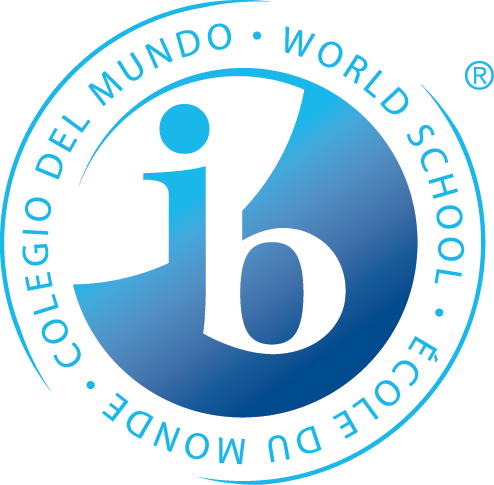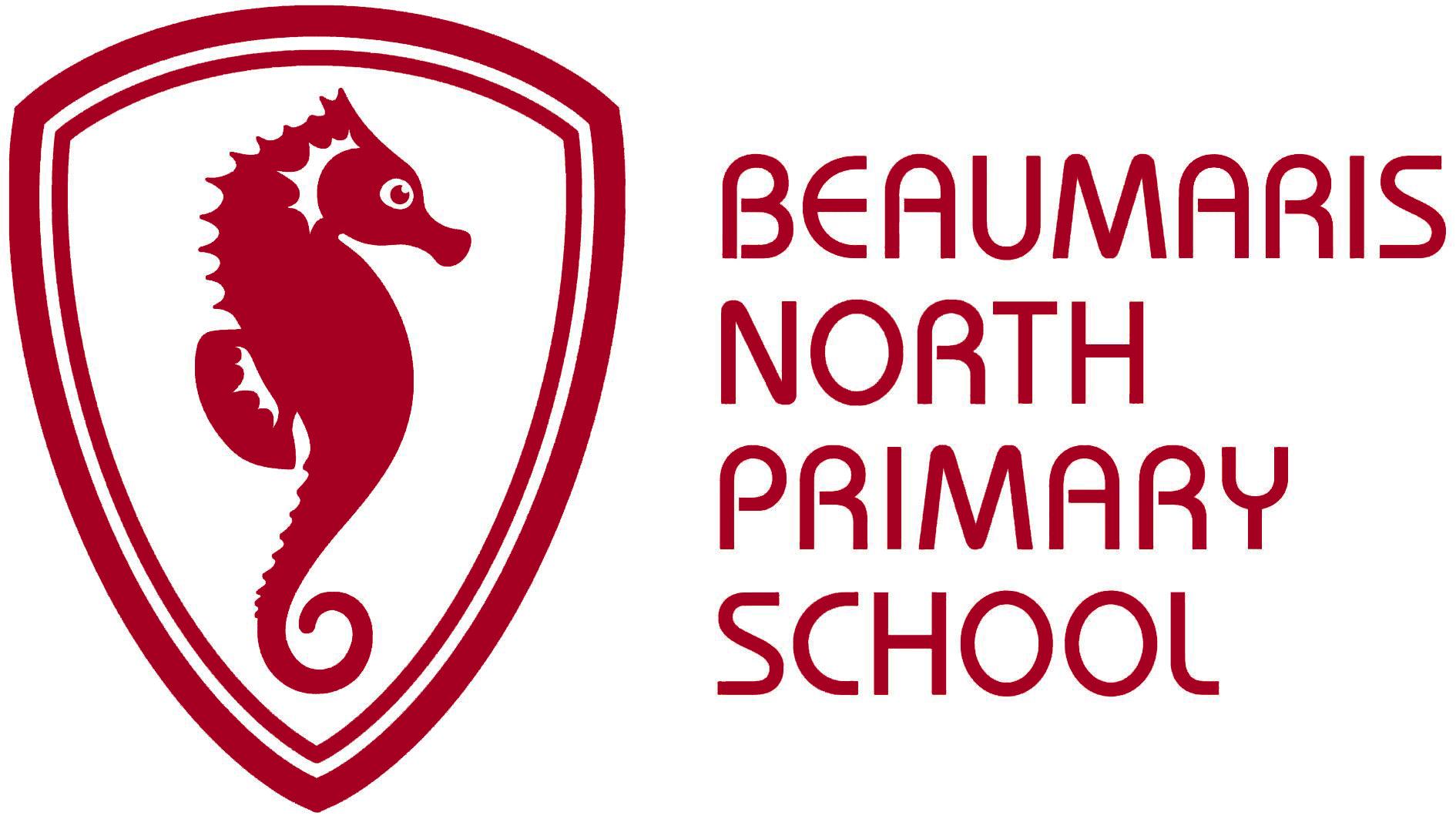Term 2, 2018

Library
- Revise the difference between a ‘keyword ’and ‘subject’ search.
- Discuss the Non-Fiction location and where you would go to find.
- Discuss the layout of most information books and how to use them efficiently – how are the contents, index and glossary used?
- Identify the age appropriate labelling of books for the Premiers’ Reading Challenge.
- Relate to PYP Attitudes in stories if applicable.
Visual Arts
The Term 3 Unit of Inquiry is called ‘Mini beasts in Art’, which integrates with ‘Living things and their environment are interconnected’. The Unit focuses on the study of Minibeasts (Entomology), their environment and how Minibeasts are represented in Art. Students will explore the work by the textile artist Yumi Okita and her Moths and Butterfly sculptures.
Students will be involved in the following activities:
- Observational drawing, capturing the intricate detail of insects.
- Temporary nature sculptures created outside using found natural objects to construct a mini beast. Inspired by the work of Andy Goldsworthy.
- Insect trail rubbings and print design. Inspired by Australian artist John Wolseley.
- Ceramic Mini Beasts. Using modelling skills to construct an insect on a leaf base.
Physical Education
Focus: Fundamental Motor Skills/Circus Skills
Consolidating and mastering Fundamental Motor Skills (throwing, catching, bouncing and kicking).
- Circus skills to continue developing tracking, hand/eye coordination and creativity. Also to help develop perseverance, confidence and resilience
- The children will use a variety of equipment and various sized play balls when performing ball skills.
- The skills learnt will be incorporated into minor team games and activities.
Concepts: Causation - understanding that a particular action will cause a particular response.
Attitudes: Cooperation, empathy, tolerance and integrity.
Learner Profile: Discussions amongst the class after each lesson and the demonstration of specific Learner Profile attributes identified.
Japanese
Themes/activities
- Numbers (1-20)
- How to say, how to spell in Kanji characters
- Telling the time - Let's sing a 'tell the time' rock!
Japanese songs/dance with CHIKA, YUKA sensei (yokai watch dance from a Japanese manga animation)
KODOMO NO HI (Children’s Day) - what do they display on Children’s day and why, make an origami carp fish
Concepts
- Form (pattern)
- Perspective (belief)
- Perspective (point of view of others)
Attitudes
- Reflective
- Open-minded
Vocabularies and grammar
HIRAGANA characters for words they learn.
Examples:
- ichi-ji (one o’clock), ni-ji (two o’clock) sanji-han (half past three), ima nanji des ka (what time is it now?), etc.
- Japanese verbs: cut, glue, fold, colour in, spell, etc.
- Words/phrases/greetings/classroom instructions already learnt in Term 1.
Music
How The World Works
- Different forces
- The way different forces work
- The impact of technology
Learner Profile: Thinker and inquirer
Concepts: Function and Causation
Focus: is on composition and formal notation, to extend their knowledge of the musical elements of Beat and Rhythm, Pitch and Melody so they can create and perform a class item.
We are learning to:
- Understand the difference between beat and rhythm
- Understand that pitch can move in steps and jumps
- Write melodies
- Create and perform a class item for the Learning Task, using formal notation and the notes E, G and A
- Play our own compositions
- Play in different time signatures – namely 4/4 and 3/4
- Use a bordoun to accompany our compositions
- Work cooperatively so we can perform in groups, in class.







